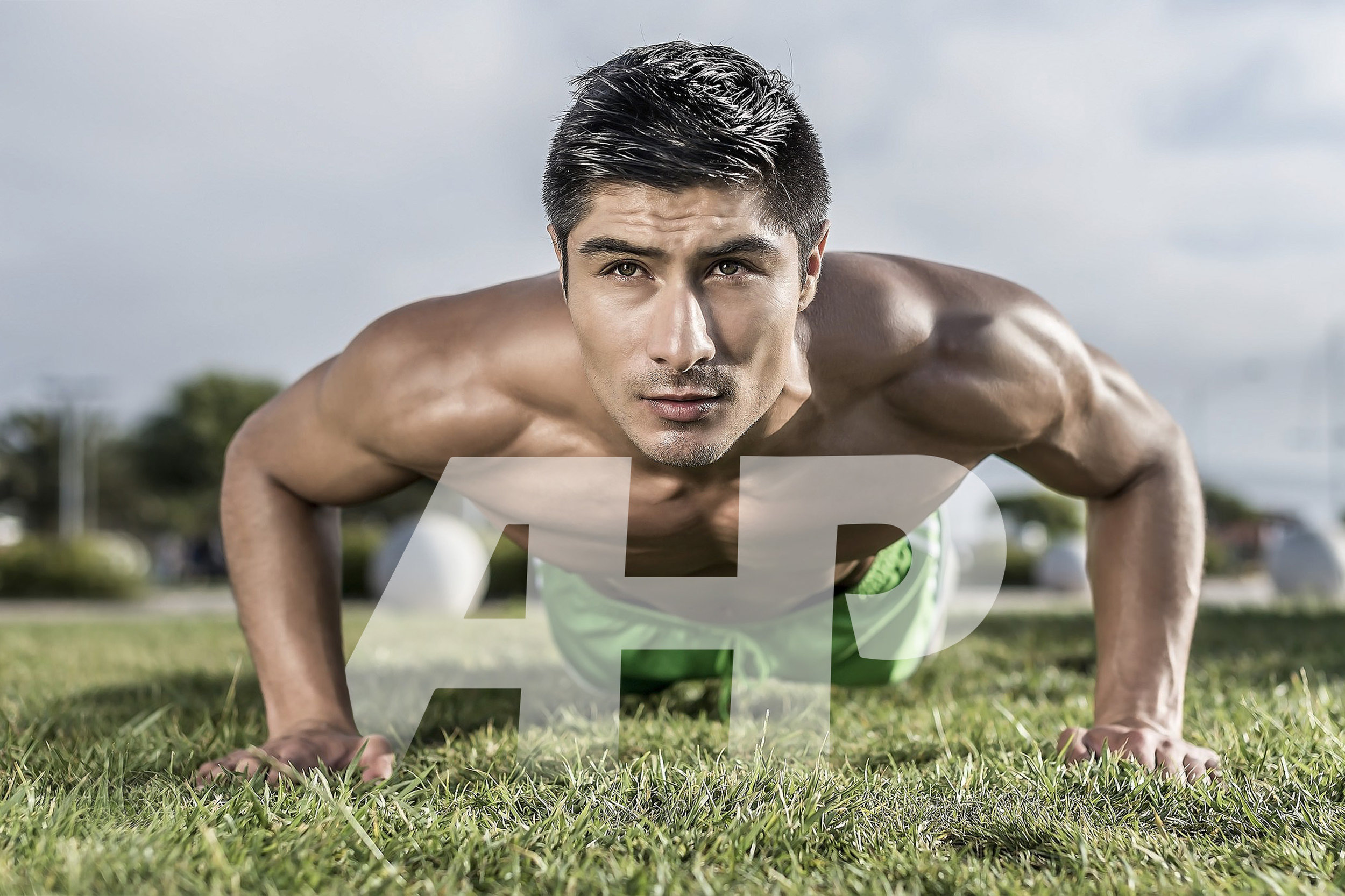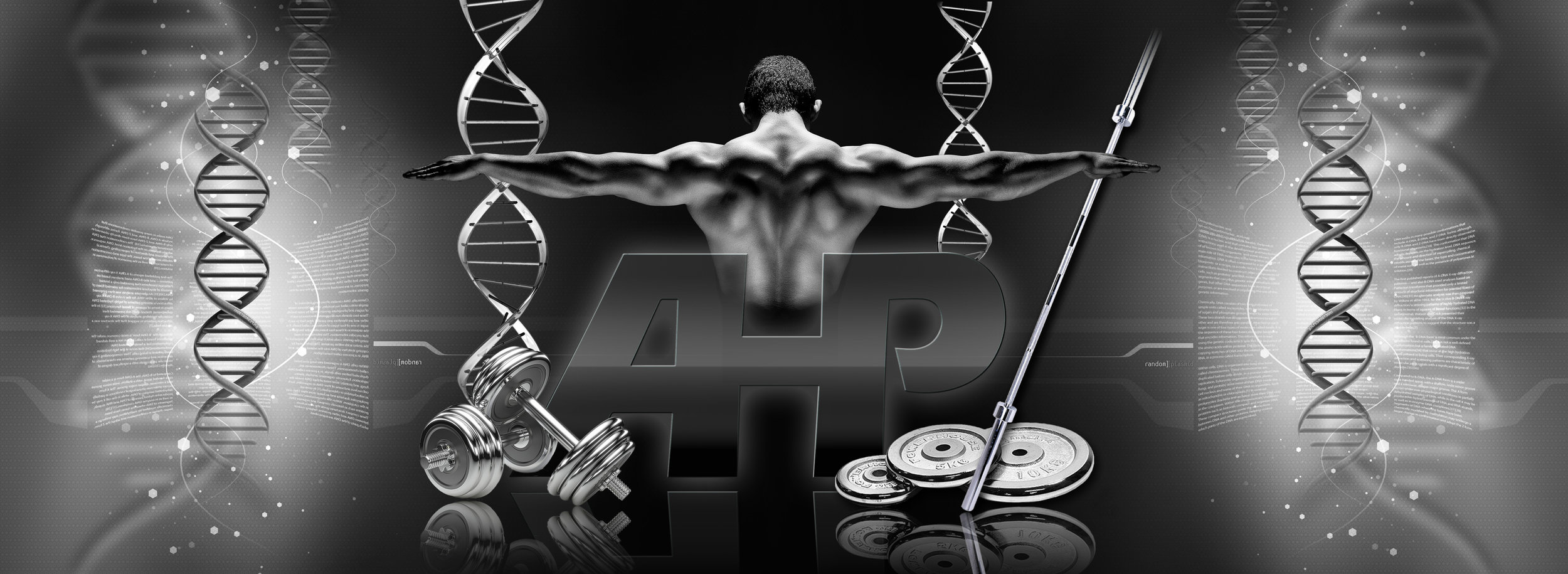Increase Lat and Back Activation with Angles90 Grips
Dr. Joel Seedman
If you’re looking for a simple and unique modification to your training that crushes your upper back and lats as well as your lower body with very joint friendly positions I highly recommend trying the Angles90 grips. Here’s a quick example of some of the various upper body movements that can be performed with the handles from Angles90 as I demonstrate alongside several of my athletes and clients including Ike Onike, Leslie Petch, Ben Lai, Marquell Beckwith, Eric McIntyre, and Cali Shadburn. These deceptive little tools are one of my favorite new training toys as they provide multiple benefits.
First, this allows the lifter to perform traditional bent over rows, pullups, inverted rows, and lat pulldowns using a rotational arm movement. The rotational arm movement not only reduces stress to the elbows, wrists, and shoulders, but it also taxes the lats more aggressively. That’s because the pronated position allows greater stretch in the eccentric position whereas the supinated underhand grip allows greater squeezing and contraction during the concentric phase. Besides being very conducive for reinforcing proper and smooth scapulohumeral rhythm and centrated glenohumeral joint mechanics (locked in shoulder joint), the rotational movement is also very effective for stimulating significant lat activation and growth
The reason for this is that the overhand or pronated position allows a greater lat stretch while the underhand or supinated position produces a more forceful contraction in the lats at the end of the concentric pull. This produces both mechanical tension and muscle damage (to a moderate degree) as well as a degree of metabolic stress and local occlusion. As a result the stimulation and muscle mind connection you’ll receive to the lat muscles will be significant to say the least.
Because of the very natural and comfortable position they provide, many athletes will find they can handle greater loads with the Angles90 grips when compared to traditional movements. Combined with the ability to stretch and squeeze through a more natural range of motion this ends up being a potent combination for maximizing muscle growth.
Additionally these grips are also very sensitive to asymmetrical pulling mechanics particularly during barbell rows, seated cable rows, and lat pulldowns. If the lifter pulls with one side more than the other it causes the bar to tilt and shift. As a result it helps correct the various asymmetrical pulling aberrations the lifter might be prone too. Besides the incredible versatility as well as the joint friendly positions these offer they’re also quite affordable and can be easily attached to any barbell or cable attachment.
The Angles90 handles can also be applied to deadlifts and lunge variations. Here’s a quick example of some of the various moves I demonstrate alongside several of my clients and NFL athletes including Leslie Petch, Mazi Ozgobonna, Julian Williams, Elizabeth Yates, and Charlene Harrison.
With that said, the Angles90 grips are incredibly conducive for deadlift variations including squat stance (semi-sumo), deficit deadlifts, single leg deadlifts, snatch grip deadlifts and more. That’s because the handles can be rotated and pulled back behind the lifters shins so that the load is essentially closer to the center of mass similar to a trap bar. Additionally the handles fit perfectly between the legs when performing my go-to squat stance deadlifts as it literally has the same feel as hold a heavy dumbbell or two kettlebells between the legs. In fact I would go as far as saying that when it comes to barbell deadlifts, the Angles90 grips might be the safest way to perform them.
Hack lunges and hack Bulgarians squats are also ideal for performing with these tools. That’s because the lifter can move through a full range of motion unlike the traditional variations (where you’re gripping the actual barbell) and the bar runs into the thighs midway up. Lastly the handles do provide a slight degree of instability that requires the lifter to hone in on their form and minimize sloppy technique and aberrant mechanics.
Read more about maximizing your body mechanics, muscle function, and functional strength & hypertrophy in my book MOVEMENT REDEFINED.
If you need more information about improving shoulder health and function, check out this article HERE.

















































